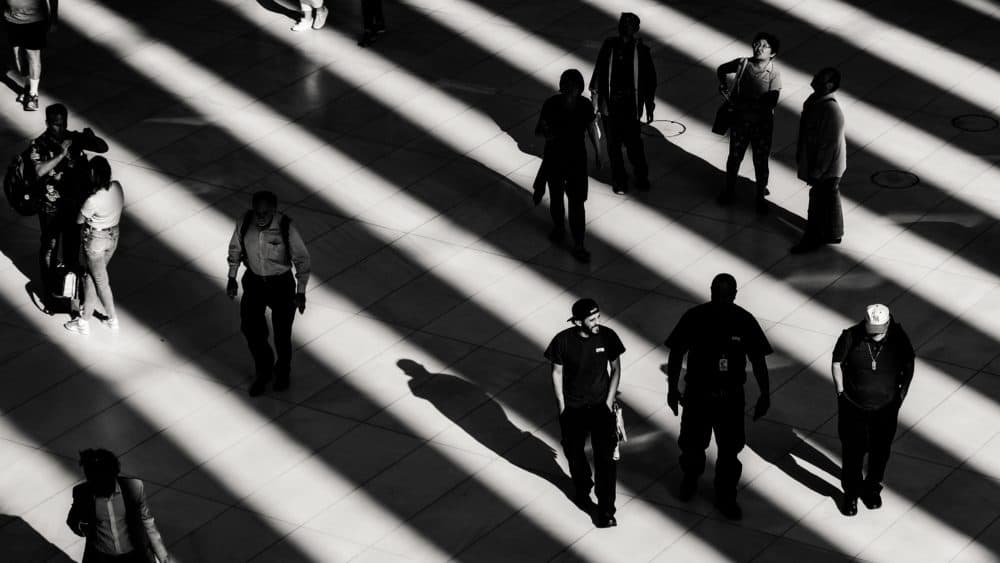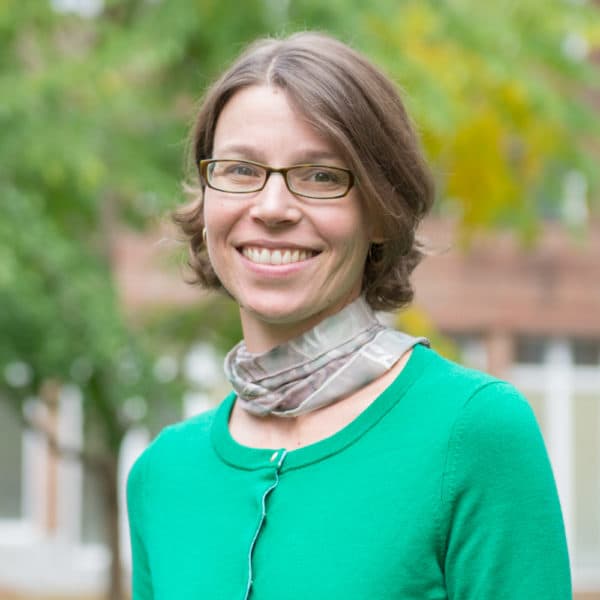Advertisement
commentary
Dear White People: Moving To A Diverse Neighborhood Isn't Enough

A new report reveals that every one of the 147 cities and towns in Greater Boston has gotten more diverse since 1990. This is an incredible opportunity but also a challenge: How can residents of different ethnic backgrounds truly integrate into Boston’s neighborhoods?
As a sociologist who studies race relations in stably diverse neighborhoods in Boston, I have found that progressive whites can unwittingly reinforce racial boundaries — even as they believe they are helping to correct America's racial wrongs by choosing to live in racially diverse neighborhoods. Their choices rest on the assumption that desegregation alone is enough to break down harmful social distance between racial groups. After all, research shows desegregation is a legitimate policy to alleviate the concentration of poverty. The Boston neighborhoods I study are unique because whites live alongside Puerto Rican, Chinese, black, Vietnamese, Cape Verdean and Dominican Americans, and have been doing so for decades. While unique in their stability, these multiethnic neighborhoods are also microcosms of a larger “back-to-the-city movement” that is changing central cities across the country.
A recent economic study shows that the share of affluent white households living in downtowns has increased in recent decades in nearly two-thirds of major U.S. cities. This re-urbanization has been celebrated for broadening the tax base, improving public services and invigorating development in long-neglected central cities. Unfortunately, urban migration has also had the harmful side effect of escalating housing prices, making many cities, and especially liberal ones, unaffordable, even for the middle class. While well-off whites who live in multiethnic urban neighborhoods are usually the most politically liberal, my research shows that some of their habits, often invisible, are harmful to their nonwhite neighbors.
Many white residents of multiethnic neighborhoods are ambivalent. They interact minimally with their nonwhite neighbors and are often, in fact, uncomfortable with cultural differences. They don't recognize the role they must play in social change.
[Whites] don't recognize the role they must play in social change.
White residents appreciate the aesthetic pleasures of diversity in their neighborhoods: exotic spices at their local markets, for example, and different cultures to which their children can be exposed. However, living peacefully and respectfully alongside their nonwhite neighbors, ironically, allows them to maintain a certain social distance.
Perhaps the greatest reflection of their disengagement is the decision to send their children to private or charter schools, rather than local public schools. Among gentrifying neighborhoods in Washington, D.C., for example, a recent study showed that while the white population skyrocketed from 5% to 50%, the proportions of white children in public schools only increased from 1% to 8% between 2000 and 2014.
In my research, one young white woman discussed the social distance she keeps from her nonwhite neighbors. “I say hello to them,” she said, “but they are not people that I would have anything in common with aside from living on the same street.” In contrast, an Afro-Latina resident who lived in the same neighborhood lamented the loss of community. “I see uncertainty,” she told me. “I couldn’t run to my neighbor for help. They aren’t very talkative, and they don’t introduce themselves like we used to.”
[W]hite residents create their own racially segregated spaces in these multiethnic neighborhoods.
My research showed that white residents often explain the lack of interaction as a byproduct of cultural differences. But they don't recognize how their choices further the separation. For example, white residents create their own racially segregated spaces in these multiethnic neighborhoods. While the white owner of a coffee shop described his business as a place that was “casual, where everyone is comfortable,” others disagreed. A young black man called the coffee shop a "white space," saying, “there are a number of people in the community that wouldn’t feel comfortable coming here.”
Still, the white residents I spoke with hoped more businesses like the coffee shop would open. One said, “We certainly don’t want to get rid of these Vietnamese shop owners, but we don’t need so many of these stores that don’t speak to me as a new member of the community. I don’t really have a reason to go there. Personally, a yoga studio could be fantastic in this neighborhood.”
There are practical ways white people can make a difference in diversifying neighborhoods. First, they should recognize that diversity is not synonymous with integration. Diversity is passive and connotes living alongside, but not with, one another. Integration requires active engagement. To achieve equitable diversity, we cannot appreciate our neighbors from afar without talking to them.
Second, the curtain on whiteness must be pulled back. A large part of its power rests on its invisibility, its ability to avoid scrutiny. Seemingly trivial personal choices about where to meet friends for coffee or what kinds of businesses to support send important messages about how a community is defined and who has access to its benefits.
Boston’s new diversity is exciting. But we must temper the celebration. Without active, intentional integration, even the most stably diverse neighborhoods in Boston are reinforcing racial inequality.
